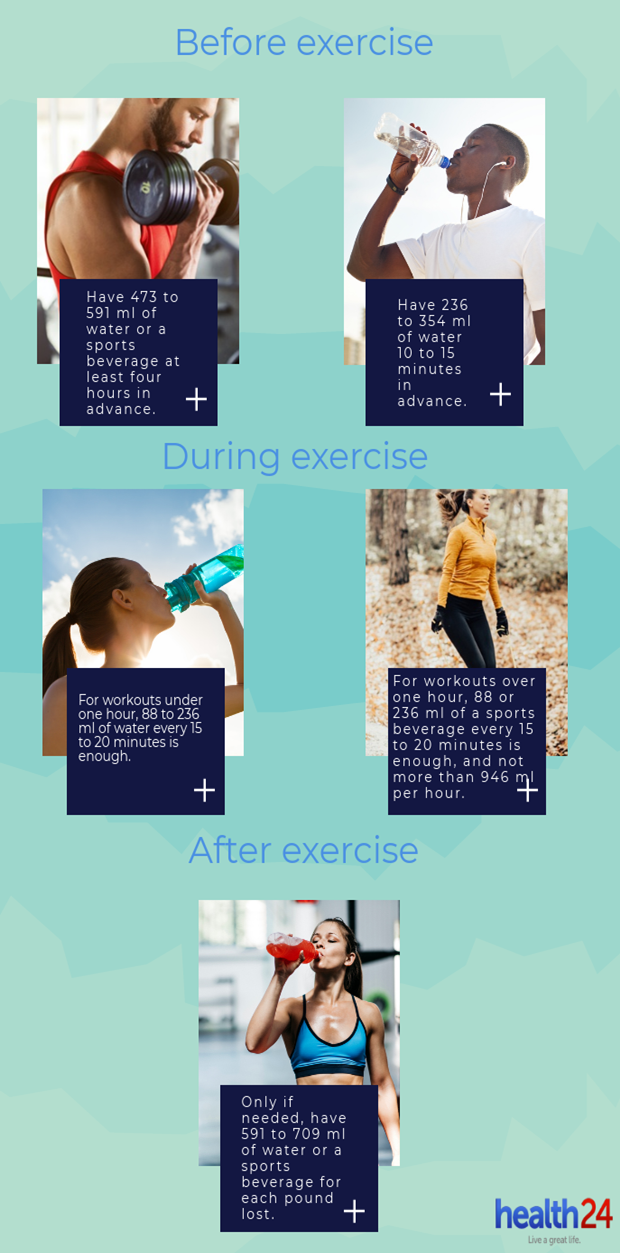Staying hydrated is a mantra not only when exercising, but throughout the day for optimal health.
Yet it's possible to get too much of a good thing.
In recent years, a number of athletes have died from a condition called exercise-associated hyponatremia, or EAH, which results from overwhelming the kidneys with excess fluid and upsetting the body's natural balance of sodium.
Balance fluid intake
One high school football player died after consuming four gallons of liquids during a practice session.
EAH has happened to athletes during endurance events like triathlons, but it can occur with any type of activity, even yoga.
That's why it's important to balance fluid intake with individual needs. According to an EAH conference report, smaller people and those who exercise at a slower pace tend to drink more than they lose through sweat.
The American College of Sports Medicine has hydration guidelines for before, during and after exercise, and suggests weighing yourself before and after to see if you're losing weight and truly need to replace fluids.
When extra liquids are in order, knowing quantity limits can help keep you safe.
It's also important to know EAH symptoms. In mild cases you might feel nauseous, lightheaded or dizzy or notice swelling. In severe cases, you might vomit, get a headache, feel confused, or experience a seizure.
Yes, you want to avoid dehydration when you're sweating, but pacing yourself and drinking slowly over the course of each day – not high volumes in a short time span – are key.
An easy way to know when to drink? According to the latest guidelines, only when you're thirsty.
Fuente: www.health24.com
